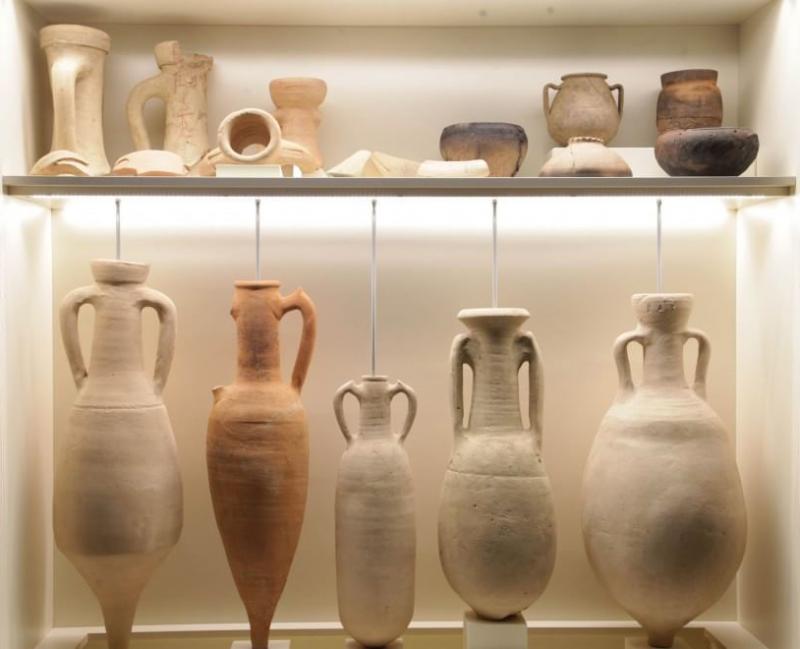Ten meters below the ground, in what was once the ice-house of the monks of nearby St. Ambrose Basilica, the Cattolica University in Milan inaugurated this week an archaeological museum, displaying amphorae, jewelry, coins, pottery and many other items collected during twenty years of excavations under the courtyards of the archeology lab of the university. The opening of the exhibition, named “The town, the necropolis, the monastery”, coincided with the start of the academic year for the Archeology specialization program, and will be held in the Bontadini classrrom.
The exhibition recounts the evolution of this area of Milan, which was once suburban because located outside the imperial walls, and which had been inhabited since Roman times: the first settlement of houses has been dated to around the end of the first century BC. From the third century AD, the area became a necropolis. Archeologists have found 800 graves, including a very rare one, named “The lady of the sarcophagus”: it is the first sarcophagus (now in the Virgin's Garden) found sealed in Milan since the 1700s, the burial of a high-rank woman aged between 24 and 31 years old.
Greek and Spanish amphorae used to store wine and olive oil show how, as early as the first century AD, Milan already had intense trade relations with the rest of Europe.




